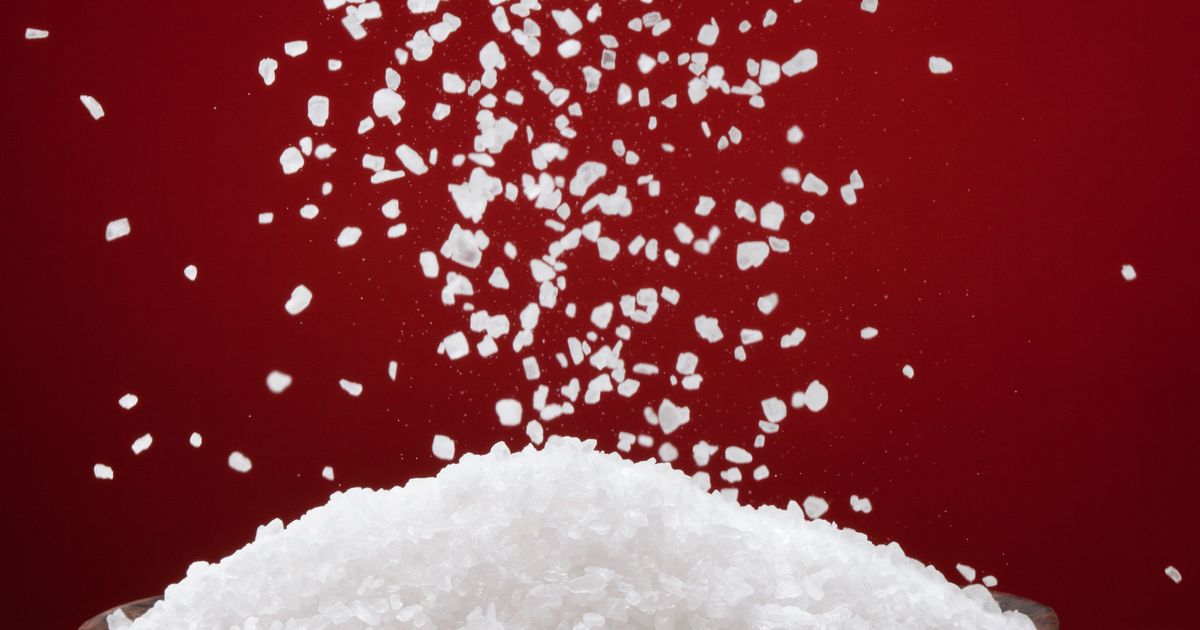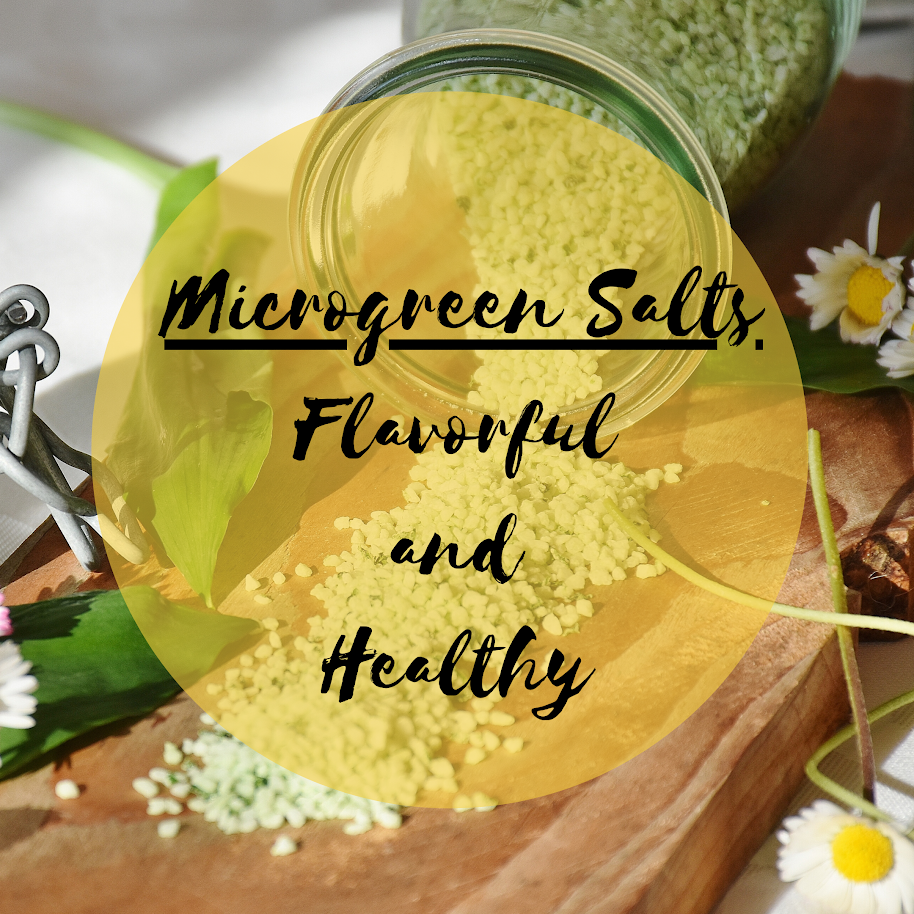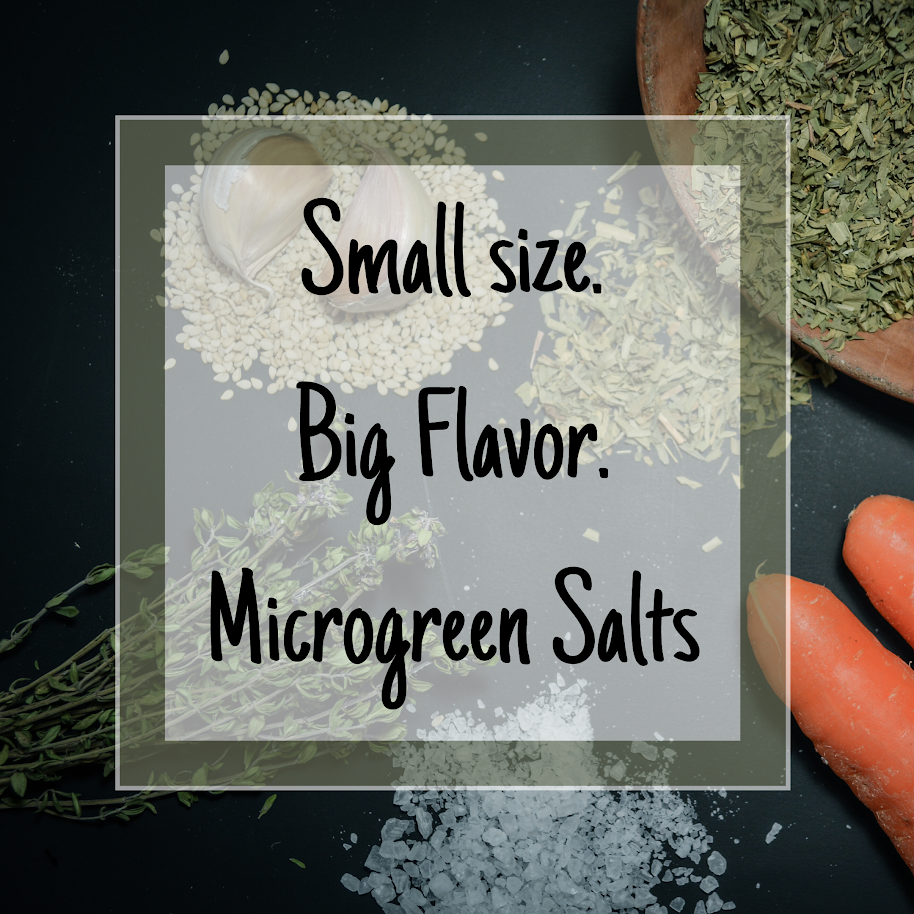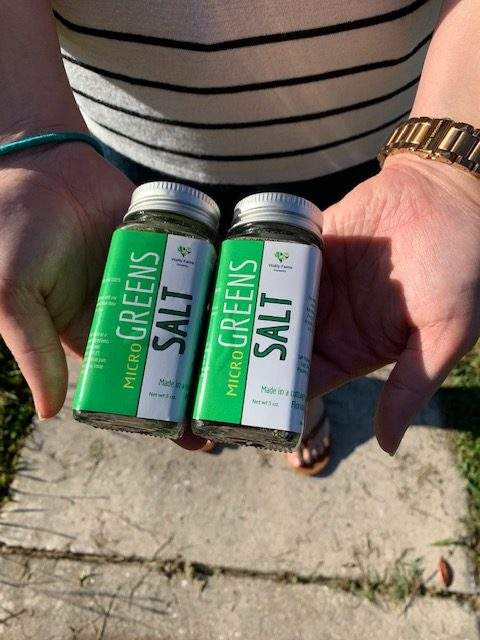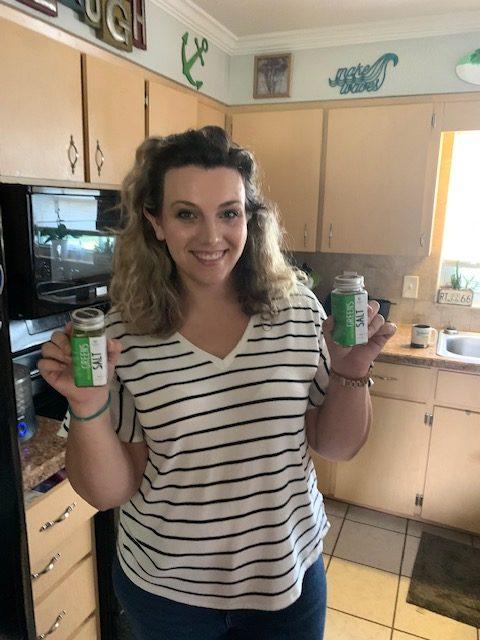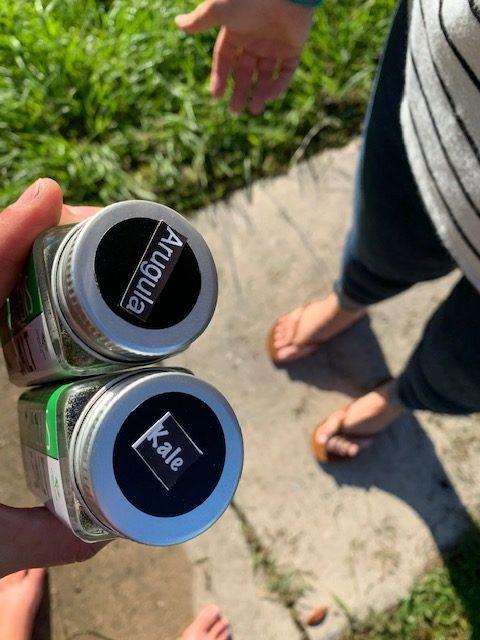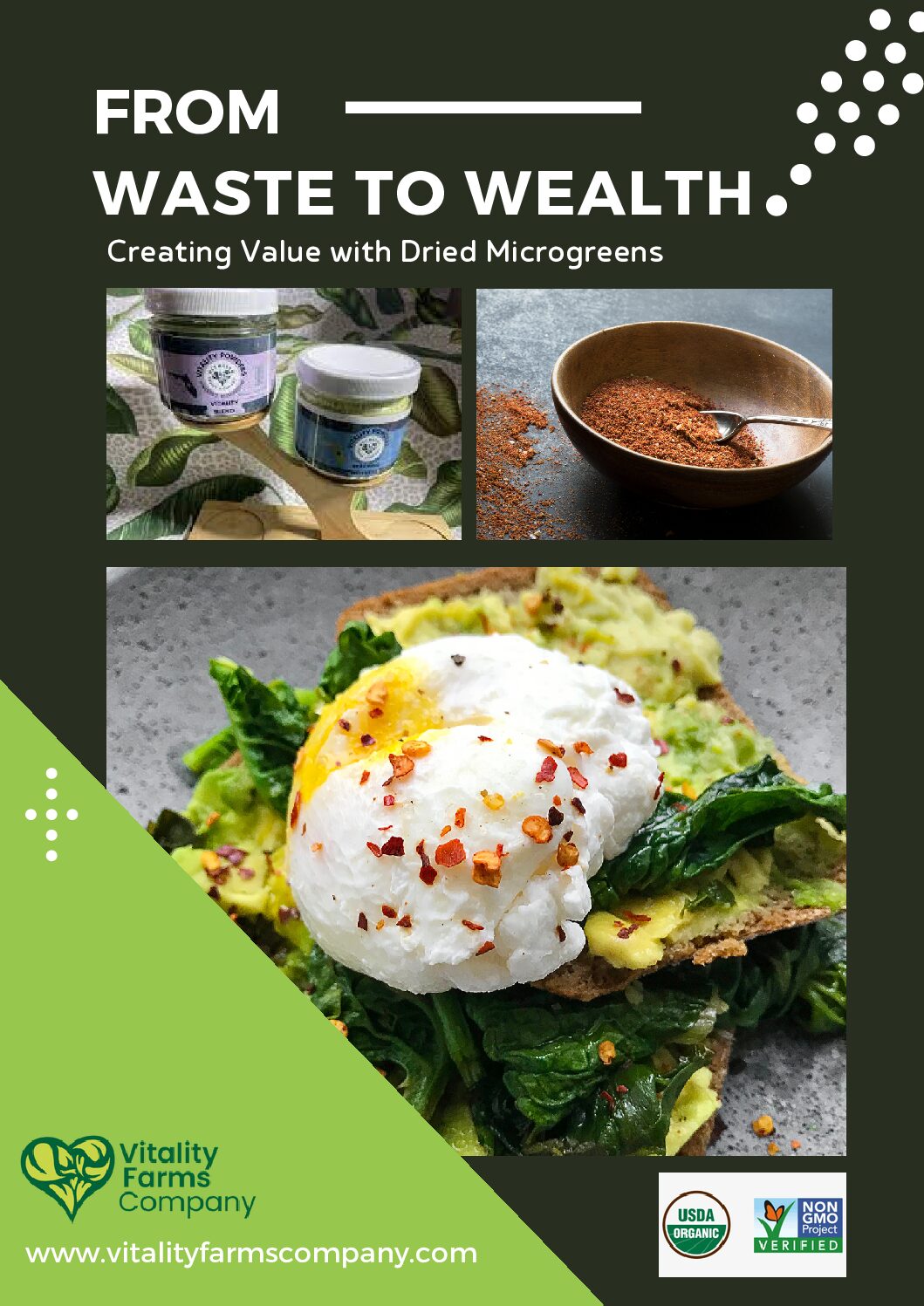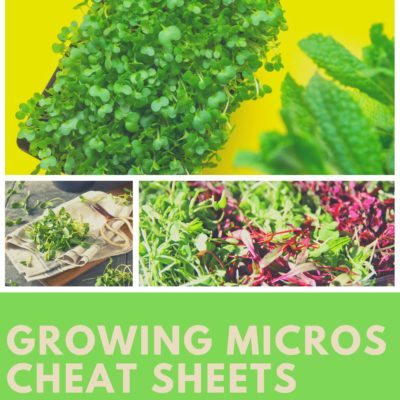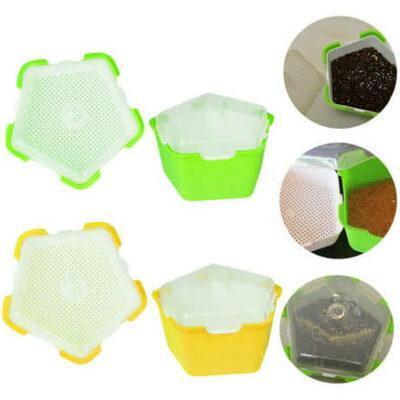Description
From Waste to Wealth: Creating Value with Dehydrated Microgreens
In today’s world, where people are becoming increasingly health-conscious, microgreens have become a popular and nutritious addition to any diet. Microgreens are packed with vitamins, minerals, and other essential nutrients that are vital for maintaining good health. They are also incredibly flavorful and can add a unique taste to any dish.
However, one of the biggest challenges of working with microgreens is their short shelf life. Once harvested, microgreens tend to spoil quickly, which often leads to excess microgreens going to waste. This can be frustrating for growers and consumers alike, as they are not able to fully enjoy the benefits of these nutrient-rich plants.
Fortunately, there is a solution to this problem – dehydrating microgreens. By dehydrating microgreens, you can preserve their nutritional value and extend their shelf life, making them a more versatile and profitable product.
Our comprehensive guide to creating and sustaining a profitable dehydration business with microgreens is designed to help you do just that. This 90-page PDF guide covers everything you need to know to start a successful dehydration business with microgreens.
The guide begins by introducing you to the world of microgreens and explaining their nutritional benefits. You’ll learn about the various types of microgreens, their growing requirements, and how to harvest and store them. You’ll also discover the challenges associated with working with microgreens and why dehydration is the ideal solution.
Next, the guide delves into the specifics of the dehydration process. You’ll learn how to dehydrate microgreens using a low-temperature process that preserves their natural raw state and nutritional value. You’ll also learn about the various types of dehydrators available and how to choose the right one for your business.
The guide then goes on to explain how to package and market your dehydrated microgreens. You’ll learn about the different packaging options available and how to choose the right packaging for your product. You’ll also discover the various marketing strategies you can use to promote your product, including social media marketing, email marketing, and content marketing.
One of the most valuable aspects of this guide is the inclusion of 30+ recipes designed specifically for dehydrated microgreens. These recipes are easy to follow and provide a range of ideas for how to incorporate dehydrated microgreens into a variety of dishes.
In addition to the guide itself, you’ll also receive a range of resources to help you get started with your dehydration business. These include images that you can use on social media, labels in Illustrator that you can customize with your own logo, and short video clips for your marketing campaigns.
Perhaps the most valuable resource you’ll receive is access to our exclusive Facebook group. This group is made up of like-minded entrepreneurs who are all working towards creating successful dehydration businesses with microgreens. Here, you’ll be able to connect with others in the industry, share ideas, and learn from one another’s experiences.
With this guide, you’ll be able to turn excess microgreens into a profitable business, with each bottle selling for over $50.00. Not only will you be reducing waste and contributing to a more sustainable future, but you’ll also be providing a healthy and nutritious product to consumers who are looking for new and innovative ways to improve their diets.
In conclusion, if you’re interested in creating a profitable dehydration business with microgreens, this comprehensive guide is the perfect resource for you. With its detailed instructions, helpful resources, and innovative recipes, you’ll be well on your way to turning waste into wealth in no time. Join the Waste to Wealth community today and discover the innovative and sustainable world of microgreens.

